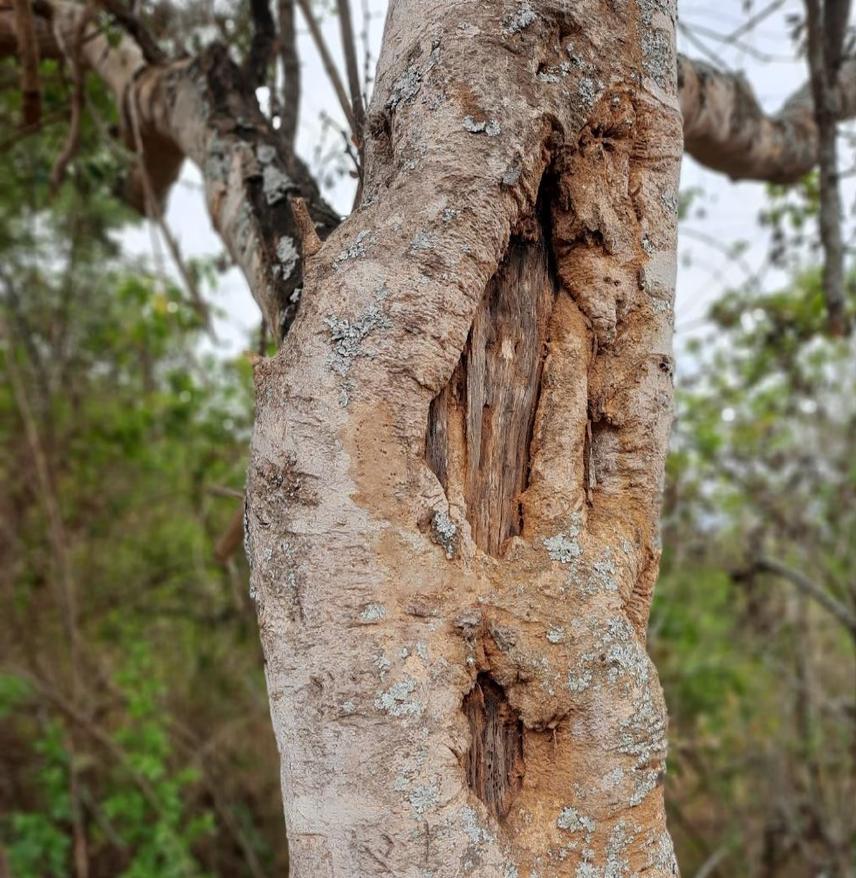Gerald Kaniaru
Other projects
17 Jun 2021
Preserving Traditional Indigenous Knowledge on Locally Threatened Medicinal Plants, Meeting the Bonn Challenge and Building Community Resilience against COVID-19 in the ASALs of Kenya
17 Jan 2023
Combating Illegal Trade and Promoting Community-Based Conservation of the CITES-Listed Osyris lanceolata (African Sandalwood) in the ASALs of Makueni, Kenya
The project aims to strengthen capacities of community groups and schools through outreach and education, solve propagation difficulties of the violet plant utilized consumptively for medicinal purposes by the community through research and restore the viable populations of this species and the integrity of its habitat through mass propagation and reforestation. Training of community focus group and conservation club members will be implemented, and its impacts assessed, journal publications of the project research findings achieved and local-based dissemination of information in form of posters, leaflets, newspaper articles, YouTube videos, and video leaflets.

The bark of S. longepedunculata extracted by the local community to treat ailments.
Securidaca longepedunculata Fresen. (Violet plant) is a shrub in the family Polygalaceae (Beentje, 1994). The species has been documented to have medicinal uses (Matthews, 1994). Its roots and bark are extracted and converted into powder form to treat chest pains, venereal diseases, and headaches by rubbing the powdered roots on the head and even infertility (Mongalo, et al., 2015). It is also known to treat toothaches by chewing the roots and increases libido in men (Rakuambo, et al., 2004). Due to these benefits, this plant is threatened locally by the Kamba community through uprooting of their roots and cutting off of its bark for medicine preparation. Restoration of the plant has not been achieved locally and globally due to difficulty in the propagation of the plant (Zulu, et al., 2011) and this can lead to the extinction of the plant if not restored.
This project will raise awareness on the conservation of the plant, enhance skill transfer through practical demonstration workshops and training, and implement restoration programme through mass propagation of the plant using non-mist propagators and nurseries in collaboration with the local community and information dissemination of project findings through print and non-print media to the various stakeholders, Government authorities, Forest agencies such as the Kenya Forest Service, community members, students, young conservationists and the general public.